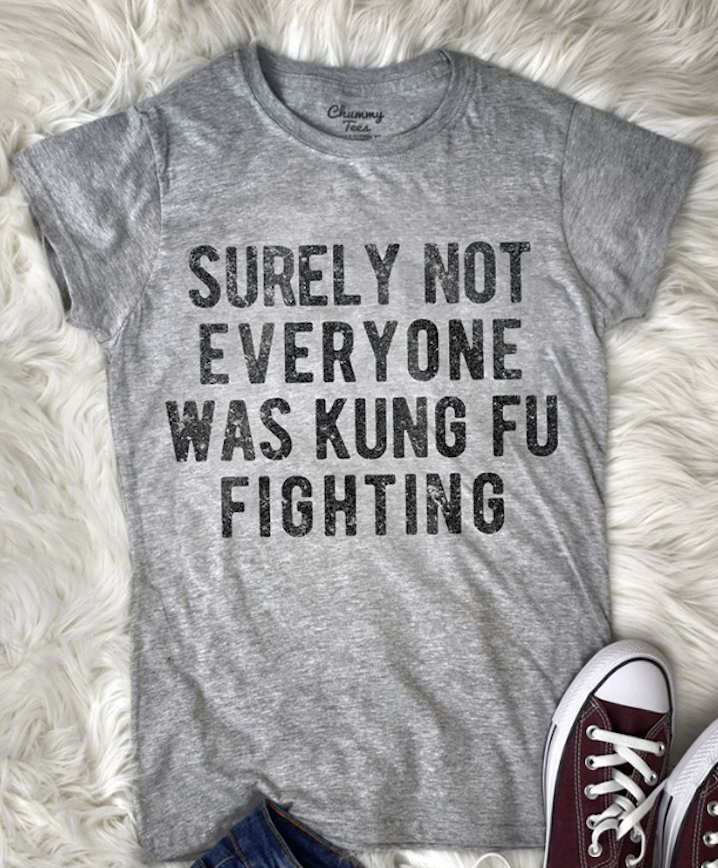Kung Fu Fighting
GOATS 0 Comments I’ve been doing a lot of reading recently. About Caring Leadership and Cultural Humility. And this has caused me to reflect. I’ve sat in many classes for countless hours examining and re-examining educational leadership, and more recently global leadership, during the course of my master’s program in educational leadership & policy studies. I’ve heard so many stories about poor school leadership and about the struggles of teachers who don’t get the support they need to serve their students. What I’ve come to understand is that my leadership style and how I behave has a profound impact on my school and those who come here every day to work with our students. It starts with me.
I’ve been doing a lot of reading recently. About Caring Leadership and Cultural Humility. And this has caused me to reflect. I’ve sat in many classes for countless hours examining and re-examining educational leadership, and more recently global leadership, during the course of my master’s program in educational leadership & policy studies. I’ve heard so many stories about poor school leadership and about the struggles of teachers who don’t get the support they need to serve their students. What I’ve come to understand is that my leadership style and how I behave has a profound impact on my school and those who come here every day to work with our students. It starts with me.
My introverted and humble self wrestles with this reality from time to time. I don’t have the stereotypical charismatic personality that many associate with school leaders. (Although I was glad to read recently that that charisma is often viewed as an intimidating trait unless it’s integrated with characteristics such as respect for others; flexibility; supportiveness; predictability; humility; and public, positive reinforcement (ISM, 2004)). And while I believe that the synergy of our professional team speaks louder than my single voice, I have to take responsibility for setting the tone in my school. I have to put myself in check. I have to do the hard work of self-reflection.
Culturally responsive school leadership begins with critical self-awareness (Khalifa, Gooden & Davis, 2016). Cultural Humility begins with a life-long commitment to self-evaluation and self-critique (Waters & Asbill, 2013), and the Caring Leadership model ascribes to the leader engaging in continuous reflection (Smylie, Murphy & Louis, 2018). I have good intentions and I want to do this work. But it’s scary at times because I’m afraid to see how my leadership style might negatively impact the work of my teachers. I’d much rather get out there and join in the Kung Fu Fighting but I know that I can only fight the good fight if I understand where I need to grow. I know it’s the only way I can have a positive impact on my school and those who show up every day for our students.
References:
- ISM Research Report (2004): 16 Characteristics of Head Leadership: Independent School Management: Advancing School Leadership-Enriching The Student Experience. (n.d.). Retrieved July, 2019, from https://isminc.com/advisory/publications/ideas-and-perspectives/ism-research-report-16-characteristics-of-head-leadership
- Khalifa, M. A., Gooden, M. A., & Davis, J. E. (2016). Culturally Responsive School Leadership. Review of Educational Research,86(4), 1272-1311. doi:10.3102/0034654316630383
- Smylie, M. A., Murphy, J., & Lewis, K. S. (2018, May 6). Caring School Leadership; A Multidisciplinary, Cross Occupational Model. Retrieved July, 2019, from https://www.journals.uchicago.edu/doi/abs/10.1086/688166
- Waters, A., & Asbill, L. (2013, August). Reflections on cultural humility. Retrieved July, 2019, from https://www.apa.org/pi/families/resources/newsletter/2013/08/cultural-humility, American Psychological Association